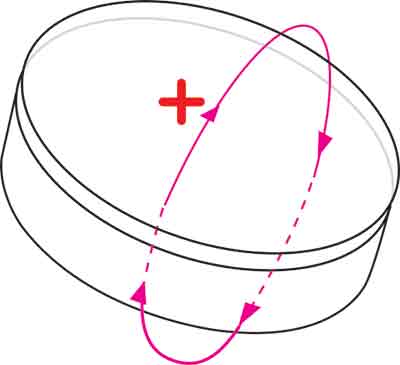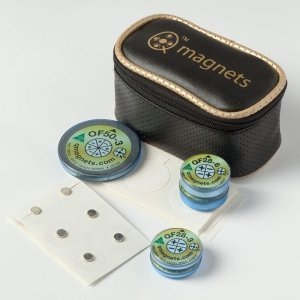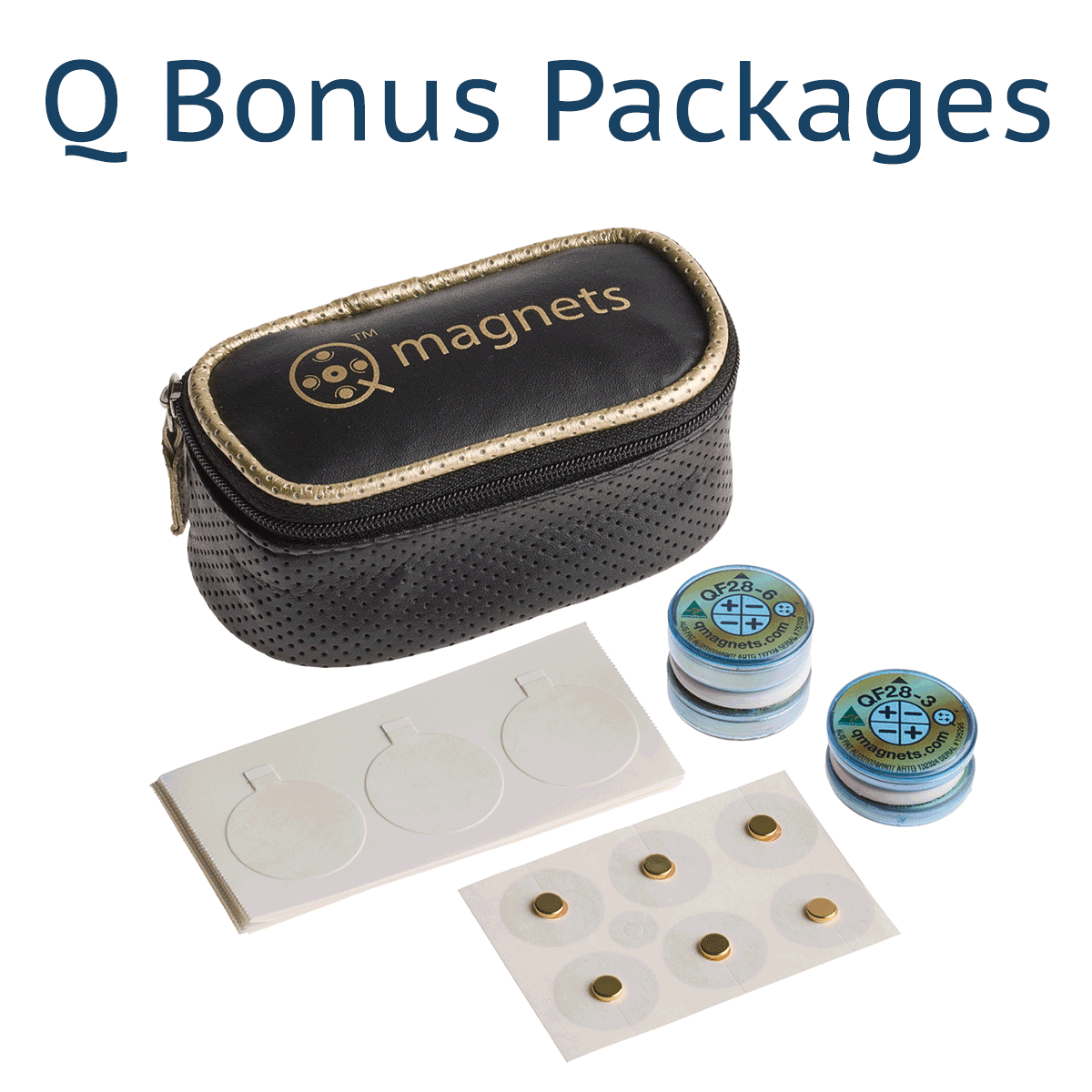Magnetic Placebo Device
Neuromagnetics Australia has developed a magnet placebo device for use in clinical trials. Already in one trial subjects were not able to guess between the placebo and the active device.
The active magnet (Image 2) possesses a flux plate that drives the field further away from the plate and deeper into the body. In the placebo device (Image 3), the magnet is substituted with a steel mould of the same dimensions so it retains approximately the same weight as the active magnet.
In addition, the flux plate is substituted with a relatively weak bipolar magnet of the same dimension as the plate. The field from the ferrous magnet is therefore separated from the subject and also shielded by the steel. While at the same time, now that the magnet is facing the outside of the device, it displays its full strength.
Questions remain whether a very weak magnet is a true placebo or dose comparison.
REFERENCES:
Greaves, C.J., Harlow, T.N. (2008). Exploration of the validity of weak magnets as a suitable placebo in trials of magnetic therapy. Complement Ther Med. 2008 Jun;16(3):177-80;.PMID: 18534331;doi
Segal, N.A., Toda, Y., et al. (2001). Two configurations of static magnetic fields for treating rheumatoid arthritis of the knee: a double-blind clinical trial. Arch Phys Med Rehabil: 2001 Oct;82(10):1453-60;. PMID: 11588753; doi.
| Image 1. Q Magnet with no flux plate |
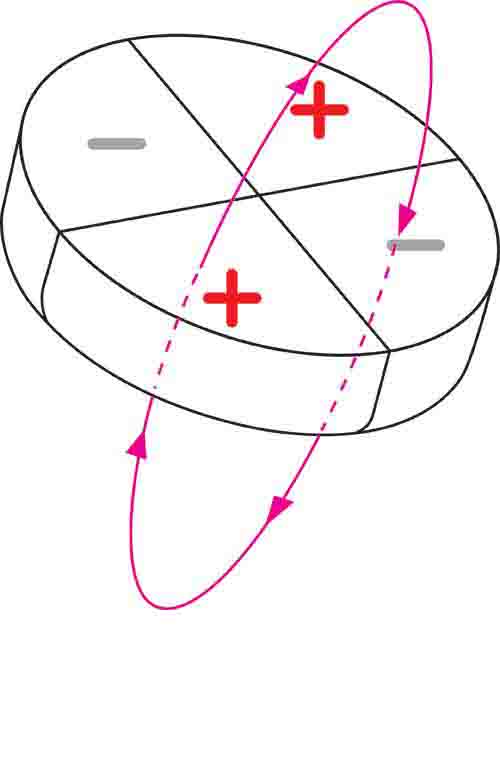 |
| Image 2. Q Magnet with flux plate |
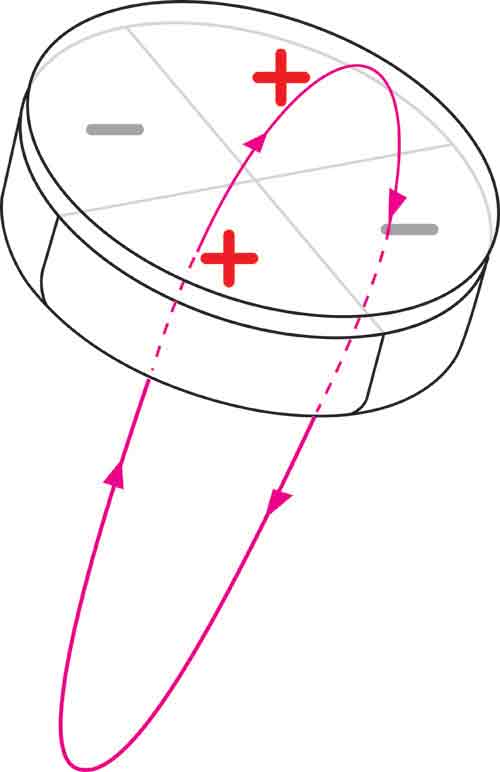
|
| Image 3. Q Magnet placebo |
|
|
Both the active and placebo magnet will pass what we call the paper clip test, that is a paper clip will stick to the outside of each magnet but the field entering the body is vastly different. There may be a weak magnetic field entering into the tissue with the placebo device, but it will be extremely weak and homogeneous.

